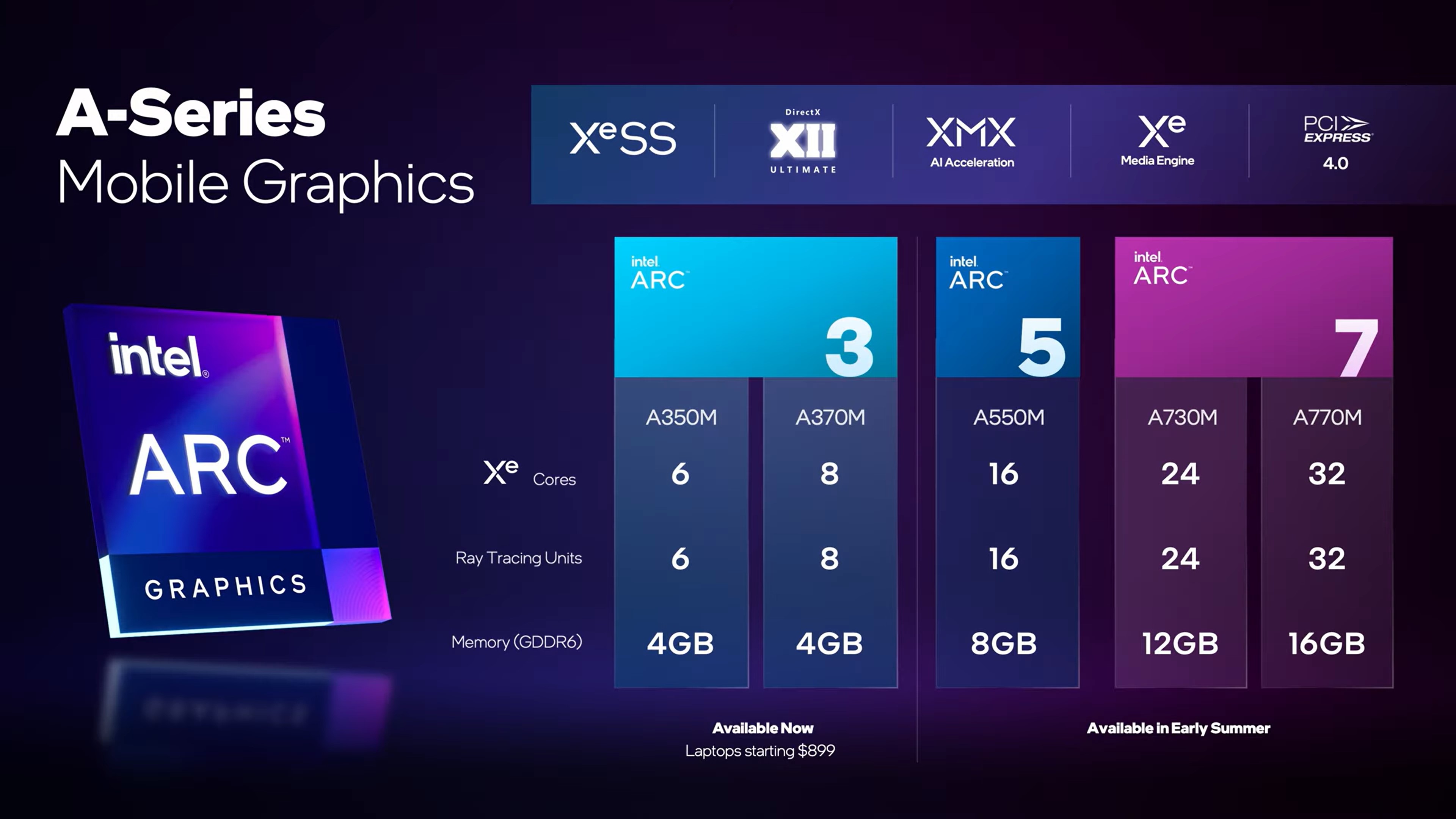Navigating GPU Specs: An Overview for Gaming Enthusiasts and Creators

Within the current rapidly evolving digital landscape, grasping GPU specifications is essential for players and content creators alike. As graphics processing units become more central to performance in both play and artistic applications, knowing how to interpret these specs can make all the difference in your hardware choices. Whether you are looking to build a top-tier gaming rig or a workstation for producing impressive visual content, a solid grasp of GPU specifications will empower you to make informed decisions.
From clock speeds and memory types to core counts and thermal designs, each specification plays a role in determining how effectively a GPU functions. With so many options available on the market, it can be overwhelming to figure out which aspects matter the most for your specific needs. This guide will explain the key GPU specifications, aiding you better understand what to look for and make sure that your investment aligns with your gaming or artistic aspirations.
Grasping Graphics Processing Unit Architecture

The architecture of a Graphics Processing Unit, or Graphics Processing Unit, is essential to its functionality and capabilities. At its core, a GPU consists of thousands of tiny cores designed for simultaneous operations, which permits it to process many tasks at the same time. This architecture is particularly helpful for rendering graphics, as it can handle intricate calculations necessary for real-time visuals in game development and content creation.
Modern GPUs utilize different architectures, with some focused on improving performance per watt, while others aim to increase raw computational power. Notable frameworks from manufacturers like NVIDIA and AMD often incorporate features such as real-time ray tracing, ML features, and better energy efficiency. Grasping these frameworks helps game developers and creators select the suitable GPU that aligns with their specific requirements and workloads.
Additionally, the memory system is a vital component of GPU structure. The type, bandwidth, and amount of storage directly affect how efficiently a Graphics Processing Unit can manage big data and render HD graphics. gpuprices.ai or High Bandwidth Memory memory classifications, along with their specifications, play a crucial role in determining the complete effectiveness and functionality of a Graphics Processing Unit, causing it to be necessary for consumers to comprehend these elements when evaluating their possibilities.
Key Specifications Explained
In evaluating GPU specs, a key aspect to consider is the GPU architecture. It is the design and layout of the GPU, that notably impacts performance and efficiency. Various architectures can dictate the manner in which a GPU handles tasks like rendering graphics or processing complex computations. Familiarizing yourself with major architectures, such as NVIDIA's Ampere or AMD's RDNA, can help you select a GPU suitable for your specific gaming or creative needs.
Additionally critical specification is the amount of VRAM, or video RAM, which is dedicated memory for the GPU. Sufficient VRAM is crucial for handling high-resolution textures and large assets in games and creative applications. For example, 4GB of VRAM may suffice for casual gaming at 1080p, while more demanding scenarios, such as 4K gaming or advanced 3D rendering, might require 8GB or more. Therefore, understanding VRAM requirements can guide you in choosing a GPU that does not limit performance in demanding environments.
Finally, clock speed measures how fast the GPU processes data and is typically expressed in megahertz (MHz) or gigahertz (GHz). Although increased clock speeds can boost performance, they are not the only indicator of a GPU's capability. Consider other specs like core counts and memory bandwidth, as together with clock speed, provide a fuller picture of a GPU’s potential. Being knowledgeable about these key specifications will empower you to make a smart decision when purchasing a GPU.
Selecting the Best GPU for Your Needs
Determining the appropriate GPU entails understanding your particular requirements as a gamer or creator. For players, it's important to consider the genres of games you enjoy and the quality at which you want to experience them. If you are into pro gaming, a GPU with increased frame rates and low latency will be key. On the other hand, if you enjoy playing graphically intensive titles, prioritizing a GPU with greater memory and processing power is key to a smooth experience and visual fidelity.
For creators, such as video editors and 3D artists, the focus moves toward unadulterated compute power and compatibility with rendering software. A GPU with appropriate VRAM is crucial for handling large files and complex projects without throttling performance. Additionally, if you are involved in tasks that use GPU acceleration, such as machine learning or real-time rendering, it is prudent to think about GPUs designed specifically for these applications, as they often offer tailored features that enhance performance.
In the end, your financial plan will substantially impact your choice. High-end GPUs offer outstanding performance but come at a premium price. It is important to weigh performance with cost, ensuring that you invest in a GPU that satisfies your needs without overspending. Investigating different models, reading reviews, and contrasting benchmarks can assist you make an educated decision and find a GPU that delivers the performance you need for both playing and creative endeavors.
